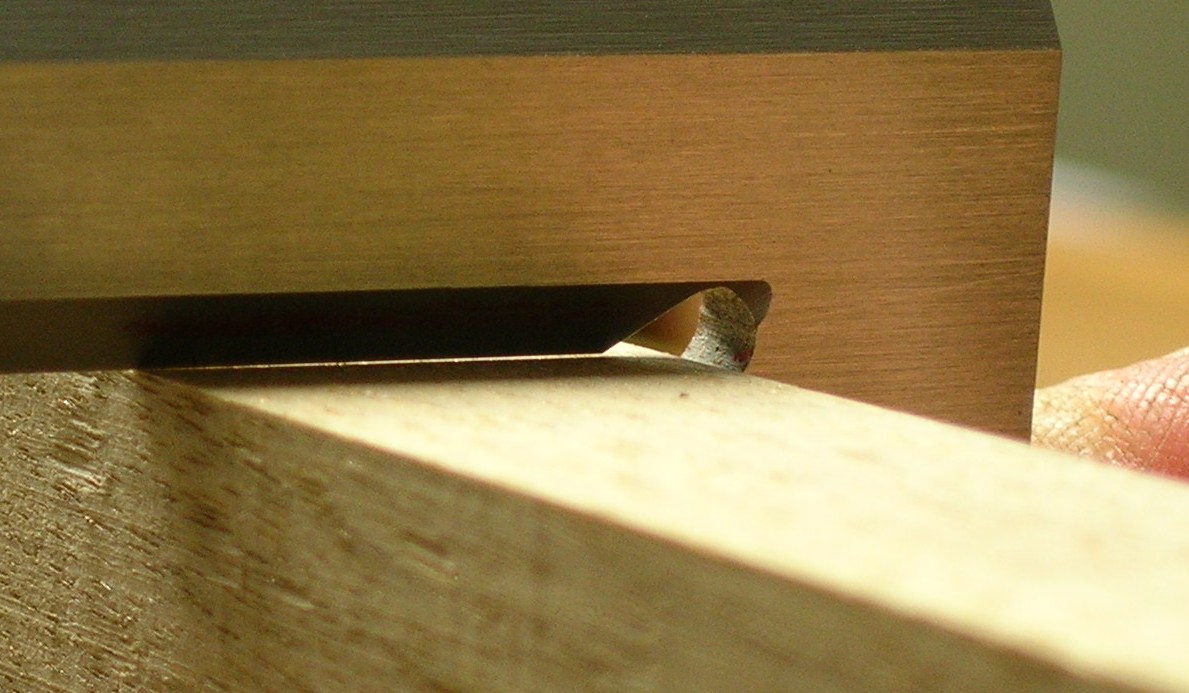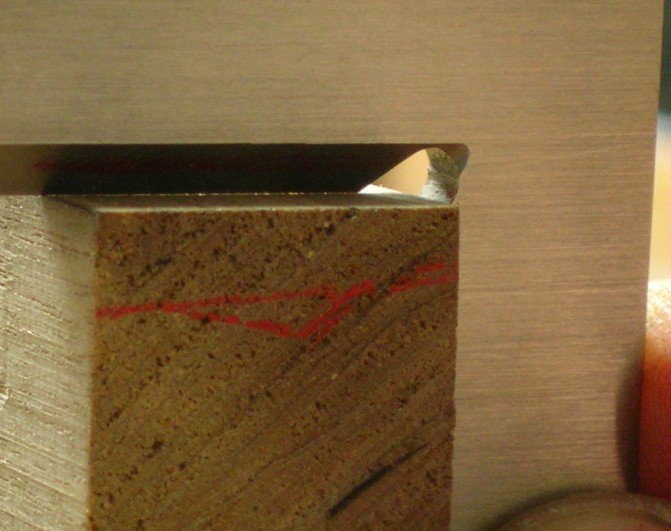A
Anonymous
Guest
Anybody got one?
What do you think to it? What do you use it for?
I saw RC using one to helop fit his drawers, and have been tempted ever since - apparently I have enough LN planes though (I am told)
What do you think to it? What do you use it for?
I saw RC using one to helop fit his drawers, and have been tempted ever since - apparently I have enough LN planes though (I am told)





































